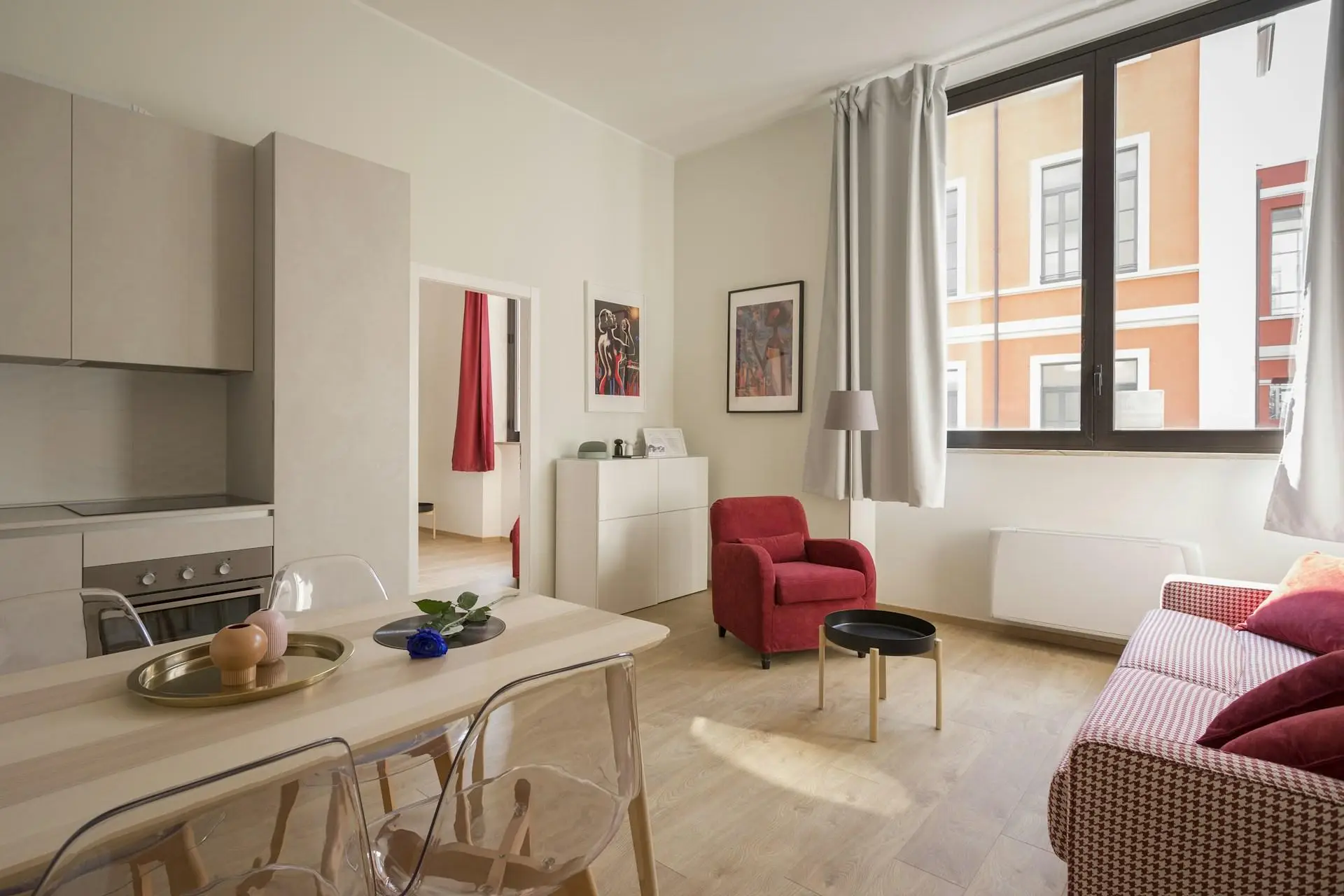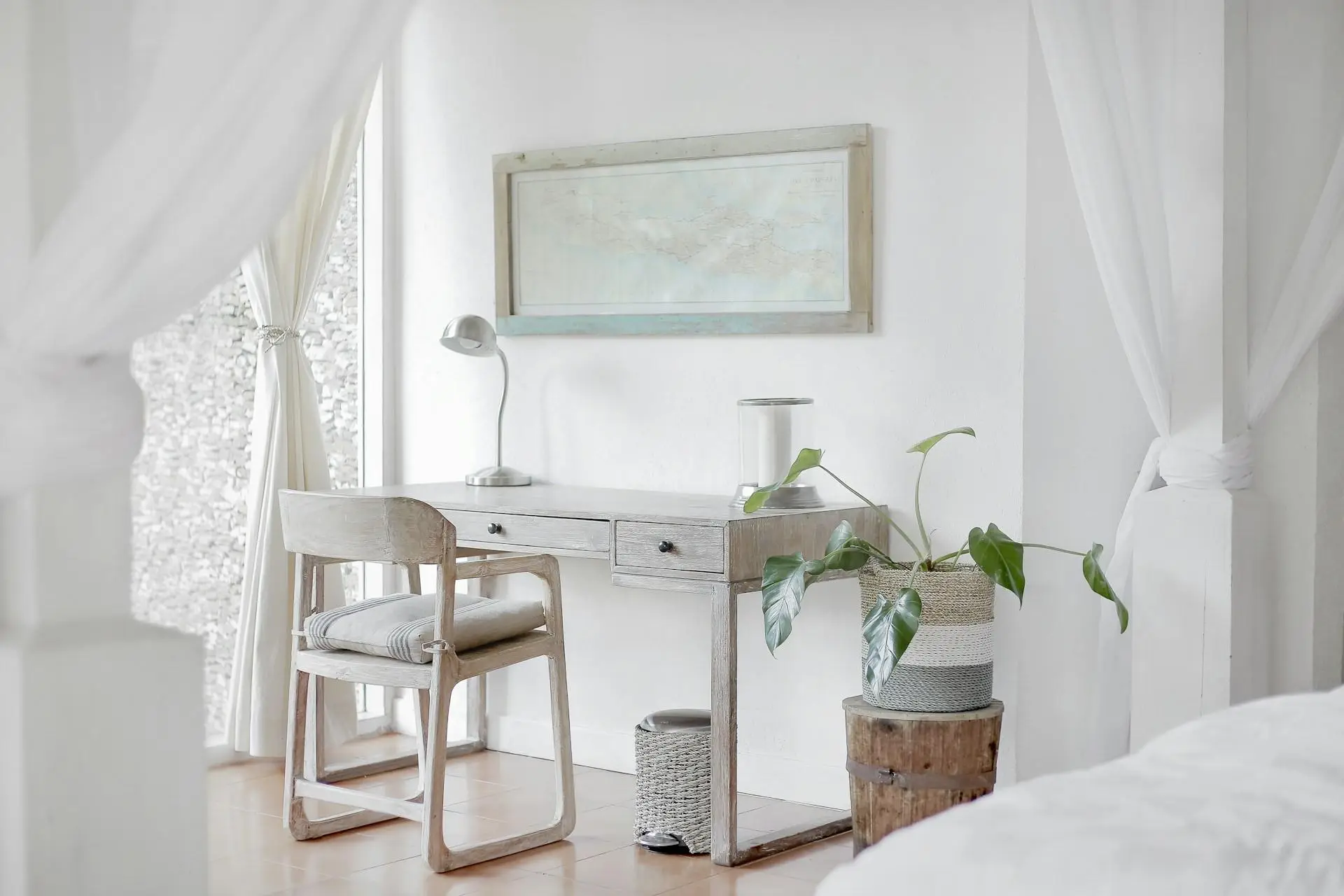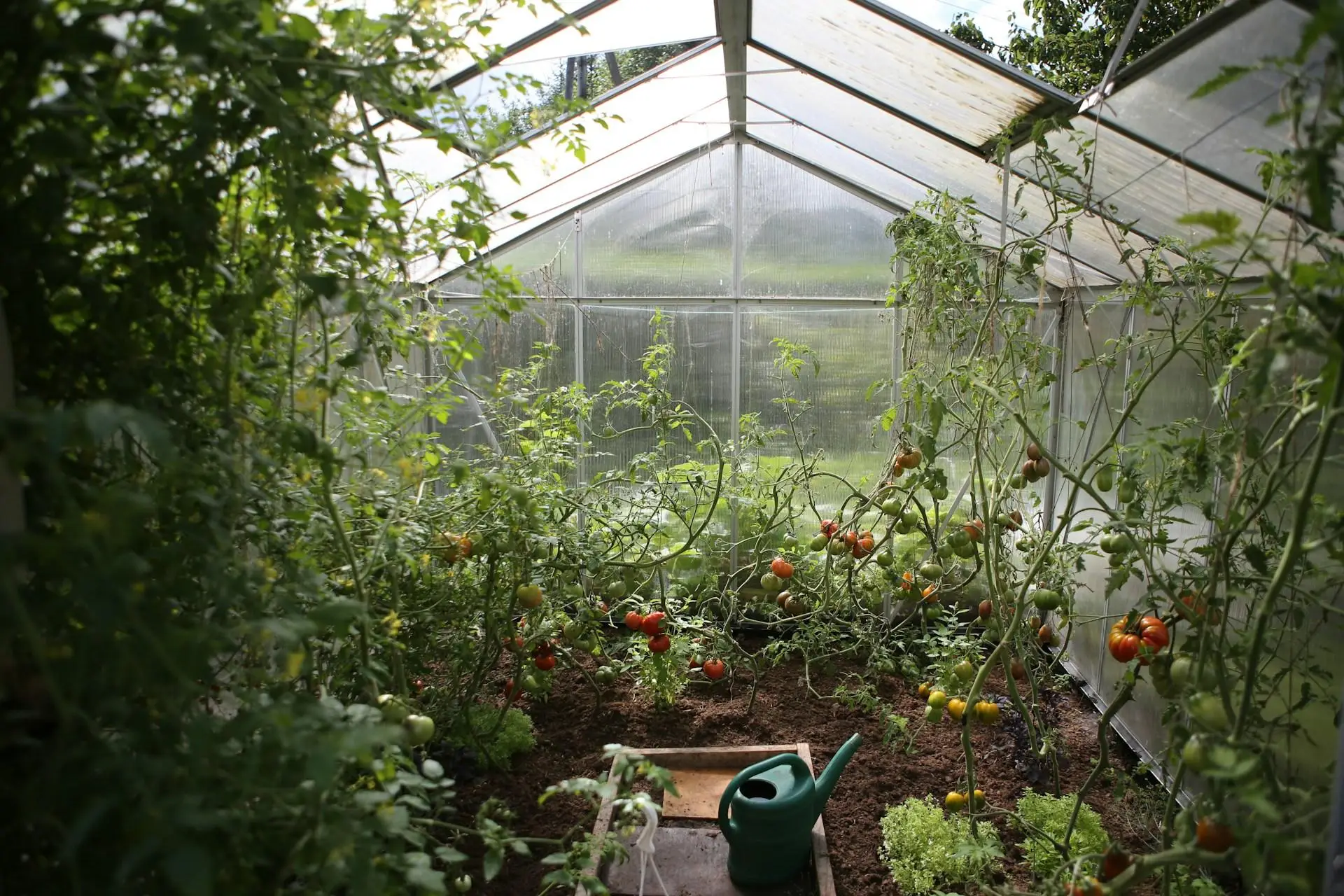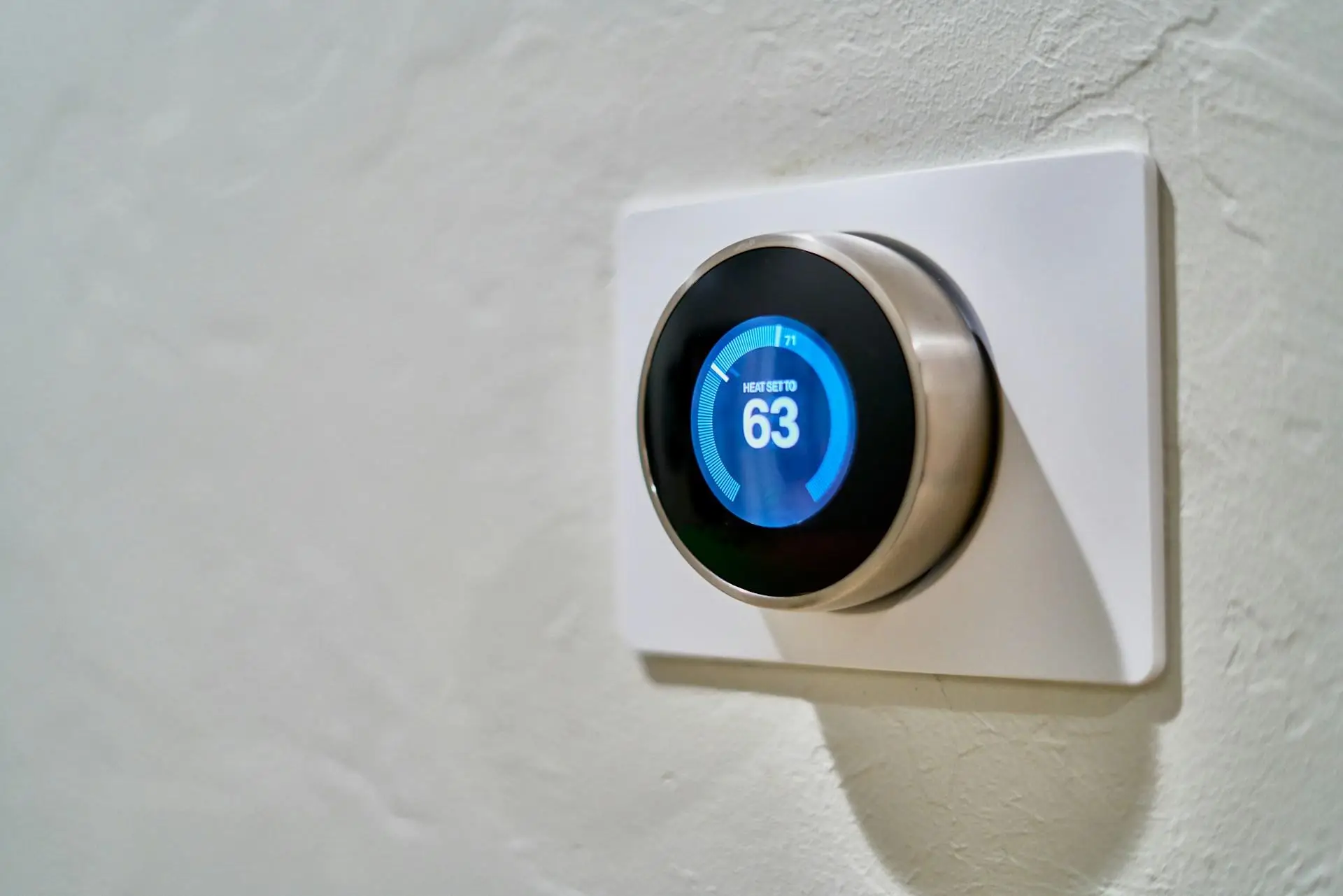Embracing Color: Current Trends in Interior Design for This Year
The importance of color in interior design cannot be overstated; it shapes the ambience of a space and influences how individuals feel within it. Colors have the power to evoke emotions, set the mood, and even alter perceptions of space. For this year, a variety of exciting color trends have emerged in the world of interior design, each with its unique appeal and functionality. This article delves into the top color trends of the year, offering insights into their meanings and practical applications in home décor.
Understanding Color: The Basics of Interior Design
Before diving into the trends, it is essential to grasp the fundamentals of color theory in interior design. At its core, color theory involves the study of how colors interact with one another and how they can be combined effectively.
Basics of Color Theory
Color can be classified into three main categories: primary, secondary, and tertiary colors. The color wheel illustrates these categories and serves as a vital tool for designers, enabling them to select harmonious colors that enhance the overall composition of a room.
The Psychology of Colors
Colors have psychological effects that influence human emotions. For instance, warm colors like red and yellow can energize a space, while cooler hues like blue and green often create a sense of calm. Understanding these psychological effects allows designers to choose colors that align with the intended atmosphere of a room.
The Leading Color Trends of This Year
This year’s color trends in interior design showcase a diverse palette, ranging from soothing neutrals to vibrant hues. Below, we explore some of the dominant color trends, highlighting their characteristics and applications.
1. Neutral Tones: Serenity Meets Versatility
Neutral colors like beige, taupe, and grey remain prominent this year. These shades evoke a sense of calm and create a peaceful environment, making them ideal for living rooms and bedrooms. Their versatility in pairing with other colors allows homeowners to blend various decor styles effortlessly.
2. Earthy Hues: Nature-Inspired Comfort
Earthy tones, including terracotta, olive green, and burnt sienna, are becoming increasingly popular, reflecting the biophilic design movement that emphasizes connection to nature. These shades bring warmth and richness to interiors, seamlessly incorporating into both modern and traditional design styles. Designers are favoring these colors for accent walls and larger furniture pieces.
3. Bold and Vibrant Colors: A Splash of Statement
Vibrant shades such as bright blues, emerald greens, and deep reds are making headlines as bold and eye-catching choices for interior design. These colors act as statement pieces, infusing energy and personality into spaces. To keep these bold choices in balance, designers often recommend pairing them with neutral tones, allowing the vibrant colors to pop without overwhelming the room.
4. Pastel Shades: Soft Elegance
Pastel colors, like soft pinks, mint greens, and lavenders, are having a renaissance in contemporary interiors. Their soft undertones lend a refreshing touch to spaces, creating a tranquil atmosphere. Ideal for bedrooms and nurseries, pastel palettes work beautifully when blended with crisp whites or deeper jewel tones for contrast.
5. Monochromatic Palettes: Cohesive Harmony
Monochromatic color schemes involve the use of varying shades of a single color, which can create a sophisticated and cohesive look in any space. This approach benefits areas that aim for a sleek, modern aesthetic, allowing for subtle variations in hue that add depth while maintaining a unified appearance.
Practical Strategies for Infusing Colors into Your Home
Incorporating these color trends into interior design can be a rewarding endeavor when approached thoughtfully. Here are practical strategies for effectively using these colors in your home.
Painting Walls and Ceilings
When selecting colors for walls, consider factors like the room's size and natural light. Accent walls and color blocking can effectively introduce trendy hues without overwhelming the entire space.
Furniture and Accessories: Introduce Color with Style
Use furniture pieces, such as sofas or chairs, to introduce trending colors. Complement these with textiles—like cushions and rugs—that enhance the chosen color palette, thereby creating a harmonious flow throughout the room.
Art and Decor: Curating Colorful Accents
Art pieces can echo current color trends, serving as focal points in a room. Decorative items, such as vases or wall art, that reflect the color schemes also enrich the overall design, creating visual interest.
Thoughtful Considerations in Color Selection
While the latest trends are enticing, personal style and practicality should spearhead color choices in interior design.
Personal Aesthetic and Preferences
It is vital to reflect personal taste in design. While current trends can inspire, balancing them with individual style ensures a space feels authentic and comfortable.
Functionality and Usability
Evaluate how color affects functionality. For busy family spaces like kitchens or playrooms, colors that resist wear and are easy to clean may be more suitable. In more formal settings, softer or richer hues could enhance the desired atmosphere.
Future-Proofing Color Choices
Consider the longevity of color trends when designing your space. Opt for timeless colors that withstand shifting trends, ensuring your design remains relevant and appealing for years to come.
As the world of interior design evolves, understanding and incorporating color trends becomes essential. By exploring these hues, homeowners and designers alike can create harmonious and visually striking environments that reflect their unique styles. Emphasizing the transformative power of color, this year invites individuals to embrace bold choices, soothing neutrals, and nature-inspired tones, all of which contribute to creating spaces that feel alive and welcoming.









